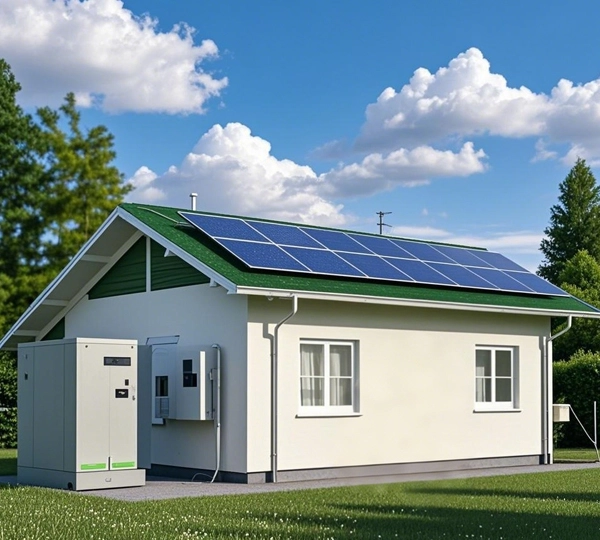Newglee Solar Energy Systems provide integrated, user-centric solutions for residential energy independence, combining solar panels, inverters, batteries, and smart battery management modules. Designed for seamless home integration, these systems prioritize efficiency and reliability, converting solar energy with high yield while ensuring stable power storage and distribution. The solar panels feature durable, weather-resistant designs for long-term outdoor performance, complemented by inverters that optimize energy conversion for household appliances. Intelligent battery management systems (BMS) safeguard against overcharge, overheating, and discharge imbalances, extending battery lifespan and safety. Compact and modular, the components allow flexible scalability to meet varying household energy demands. With intuitive monitoring interfaces and grid-tie compatibility, Newglee systems reduce reliance on traditional grids, lower energy costs, and support sustainable living. Ideal for eco-conscious homeowners, the solution balances robust performance, smart energy management, and eco-friendly operation for reliable, round-the-clock power.

Sizing a commercial solar system requires analyzing energy consumption, peak demand, and available installation space. First, assess historical electricity usage to determine system capacity needs. Factor in sunlight availability, roof or ground space, and potential shading. Choose high-efficiency panels and inverters to maximize output. Battery storage can enhance energy savings and grid independence. Proper system sizing ensures optimal return on investment (ROI) by reducing electricity costs and maximizing solar generation. Additionally, consider local incentives and net metering policies to improve financial benefits. A well-sized system balances cost, efficiency, and long-term energy savings.
They convert sunlight into electricity via photovoltaic cells, reducing reliance on grid power.
Yes, long-term savings on energy bills outweigh initial costs, especially with government incentives.
Yes, but efficiency drops; systems often remain grid-connected for backup.
Minimal—occasional cleaning and annual inspections ensure optimal performance.
Panels typically last 25–30 years, with inverters replaced every 10–15 years.
